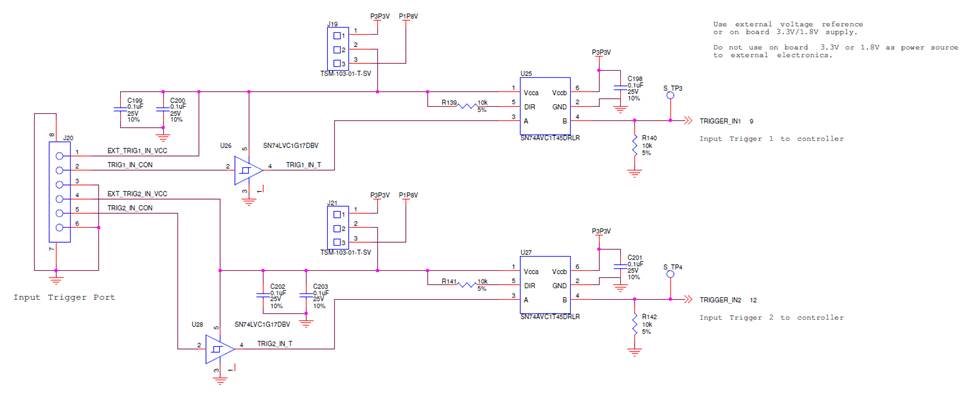Part Number: DLPLCR6500EVM
To whoever can answer this question,
We are trying to trigger our DLP Lightcrafter 6500 DMD by input trigger J20 as described in the manual. We had this working a couple of weeks ago. However, recently the connector to J20 ( Digi Key part number WM1724-ND) has been melting immediately after it is plugged in to J20. The Digi Key connector has six wires that connect to the six pins on J20 but it is not connected to the teensy microcontroller we are using for this project, when it begins to melt. The J20 input has sustained some damage that can be seen in the attached photo.
Any answers to the following questions would be appreciated.
Why is the melting occurring? Is it a short?
Is the J20 beyond repair?
Is there another way to trigger a pattern change? J24 perhaps? I've looked through the manual and their doesn't appear to be an alternative way to trigger it?
What are my replacement options? Can I just replace J20? Or do I need to replace the whole device?
Thanks for any help,



